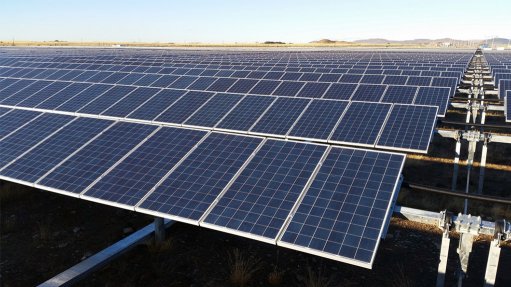
The 5.8 MW Adams and 5.8 MW Bellatrix solar projects, in the Western Cape, have been selected under the Department of Energy’s (DoE’s) Renewable Energy Independent Power Producer Procurement Programme (REIPPPP), becoming the first projects under the programme to be locally developed, designed, funded, constructed and operated.
The projects, which were sponsored by the Cape Town-based Aurora Power group, would be designed, built and operated by a locally owned solar photovoltaic (PV) engineering and construction firm SOLA Future Energy, while the Industrial Development Corporation and local black-owned company Mergence Investment Managers had signed a term sheet to provide debt to the project company.
“We’re very excited to finally have a completely locally controlled, financed and constructed project. Until now, our participation had been limited by the size of the projects and the competition experienced from internationally backed independent power producers IPPs.
“Although we’ve developed 245 MW of successful IPP projects with excellent partners over the previous rounds of bidding, we have had to sell or partner with larger international companies to meet the requirements of lenders and the market,” remarked Aurora cofounder Chris Haw.
The projects were selected under the DoE’s Small Projects IPP Procurement programme, which was intended to address criticisms that the bulk of successful projects awarded under the REIPPPP tended to be controlled or built by foreign companies.
Along with instituting a 5 MW generation capacity limit, the small projects programme required that 60% of the ownership of the projects remained in local hands and 15% be owned by small- to medium-sized business enterprises.
Haw added that the projects would each generate around 190-million “carbon-free” kilowatt-hours over the life of the plant, enough to power 1 000 middle-income households.